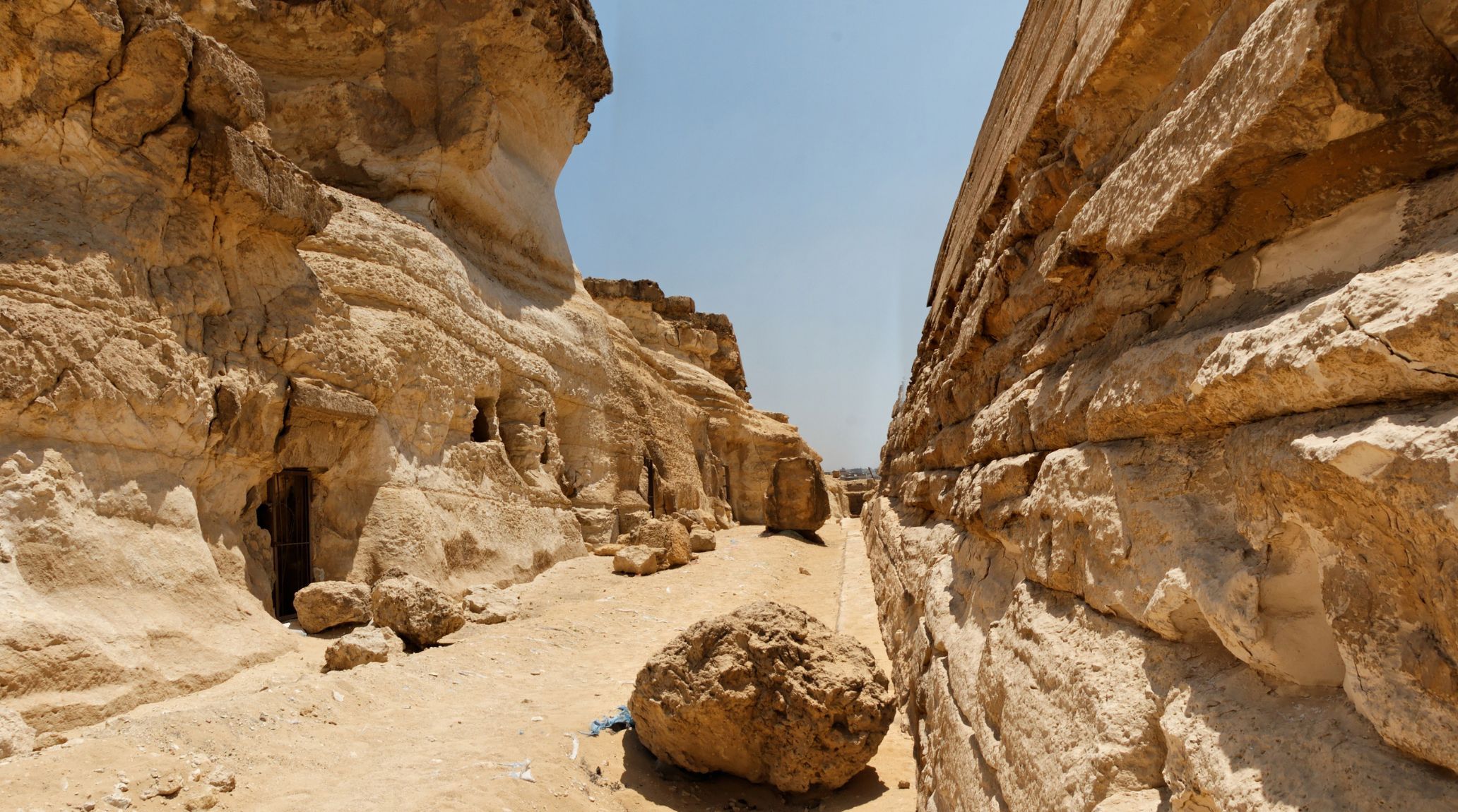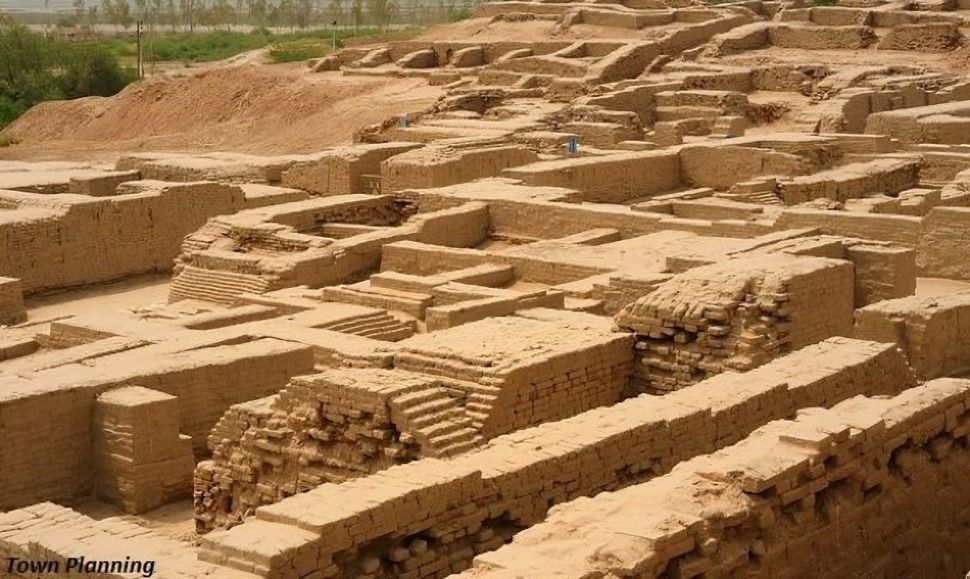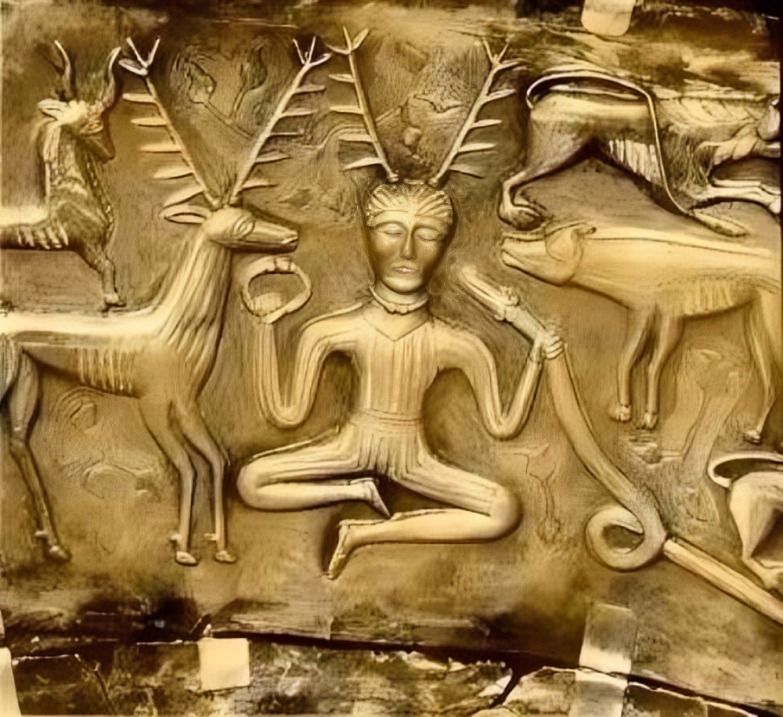
“
The Indus Valley Civilization, one of the oldest in human history, has long intrigued historians and archaeologists. By comparing it with other ancient civilizations, we uncover a rich tapestry of cultural and technological advancements. In this article, we delve into 20 key facts about Indus Valley Civilization vs. Other Cultures.1
1
”
The Indus Valley Civilization (IVC) differed from other ancient civilizations by not constructing monumental architecture. Additionally, there is no evidence of a hereditary monarchy based on archaeological findings. 1

Like Mesopotamia and Egypt, the Indus Valley Civilization (IVC) showcased advanced urban planning with cities like Harappa and Mohenjo-Daro. These cities featured a grid layout, sophisticated drainage systems, and standardized fired brick construction.
The Indus Valley Civilization was agrarian, similar to other contemporary societies, relying heavily on farming. They grew wheat, barley, peas, and cotton, and also practiced animal husbandry.2
The Indus Valley Civilization engaged in trade networks, exchanging textiles, beads, and metals. This practice resembled trade in Mesopotamia and Egypt, where trade routes enabled the movement of goods.3
IVC cities used standardized fired bricks for construction, a practice that was also common in ancient Mesopotamia. However, unlike Mesopotamian and Egyptian structures, IVC buildings did not include monumental temples or palaces.4
The Indus Valley Civilization engaged in trade networks, exchanging textiles, beads, and metals. This practice resembled trade in Mesopotamia and Egypt, where trade routes enabled the movement of goods.5
The IVC developed a script that remains undeciphered, unlike the cuneiform of Mesopotamia or the hieroglyphics of Egypt, both of which are well understood. This limits our understanding of IVC’s social and political systems.6
The IVC did not exhibit evidence of a hereditary monarchy or large-scale palatial complexes, unlike Mesopotamia and Egypt, where royal structures and dynasties were prominent. This suggests a different form of social organization.7
The IVC engaged in metallurgy, producing items such as copper and bronze tools, similar to Mesopotamia. However, their use of metal was less extensive than in Egypt, where gold and other precious metals were highly prized.8

Unlike the well-documented religious practices of Egypt, with its pantheon of gods and elaborate rituals, the religious beliefs of the IVC remain enigmatic due to the lack of written records and monumental religious architecture.
The IVC cities, such as Harappa and Mohenjo-Daro, had large, centrally located public baths and granaries. This differs from Mesopotamian and Egyptian cities, where such centralized facilities were less common.9
The IVC used advanced agricultural tools, including plows and irrigation channels. While similar tools were used in Mesopotamia, the scale and impact of agriculture in Egypt were more expansive due to the Nile’s annual flooding.10
IVC trade included luxury goods like carnelian beads and fine textiles, similar to Mesopotamian trade of luxury items. However, the IVC's trade network extended into the Arabian Peninsula and the Iranian plateau, differing from Mesopotamian trade routes.11
The lack of deciphered writing in the IVC contrasts sharply with the well-documented cuneiform and hieroglyphic scripts of Mesopotamia and Egypt. This lack of understanding makes it challenging to reconstruct IVC history and administration.12
The IVC’s political organization remains unclear, unlike the more defined governance structures of Mesopotamia and Egypt, which included kings and centralized administrations with extensive record-keeping.13
The IVC is known for its sophisticated public works, such as drainage systems and well-planned streets. While Mesopotamian cities also had advanced infrastructure, the IVC’s emphasis on sanitation and urban planning was particularly notable.14
IVC urban centers were evenly spaced and highly planned, differing from the more organically developed cities of Egypt. Mesopotamian cities, meanwhile, often grew in response to trade routes and military needs.15
The IVC produced a range of small artifacts, such as seals and figurines, which were used in trade and religious rituals. This contrasts with the larger-scale artifacts of Egypt, such as statues and monumental inscriptions.16
The IVC displayed advanced technological knowledge in areas such as pottery and metallurgy. While Mesopotamia and Egypt also demonstrated technological prowess, the IVC’s innovations were distinctive in their approach and execution.17
The IVC engaged in cultural exchange with neighboring regions, such as the Persian Gulf and Central Asia. This exchange was less documented than the extensive cultural interactions between Mesopotamia and Egypt.18


